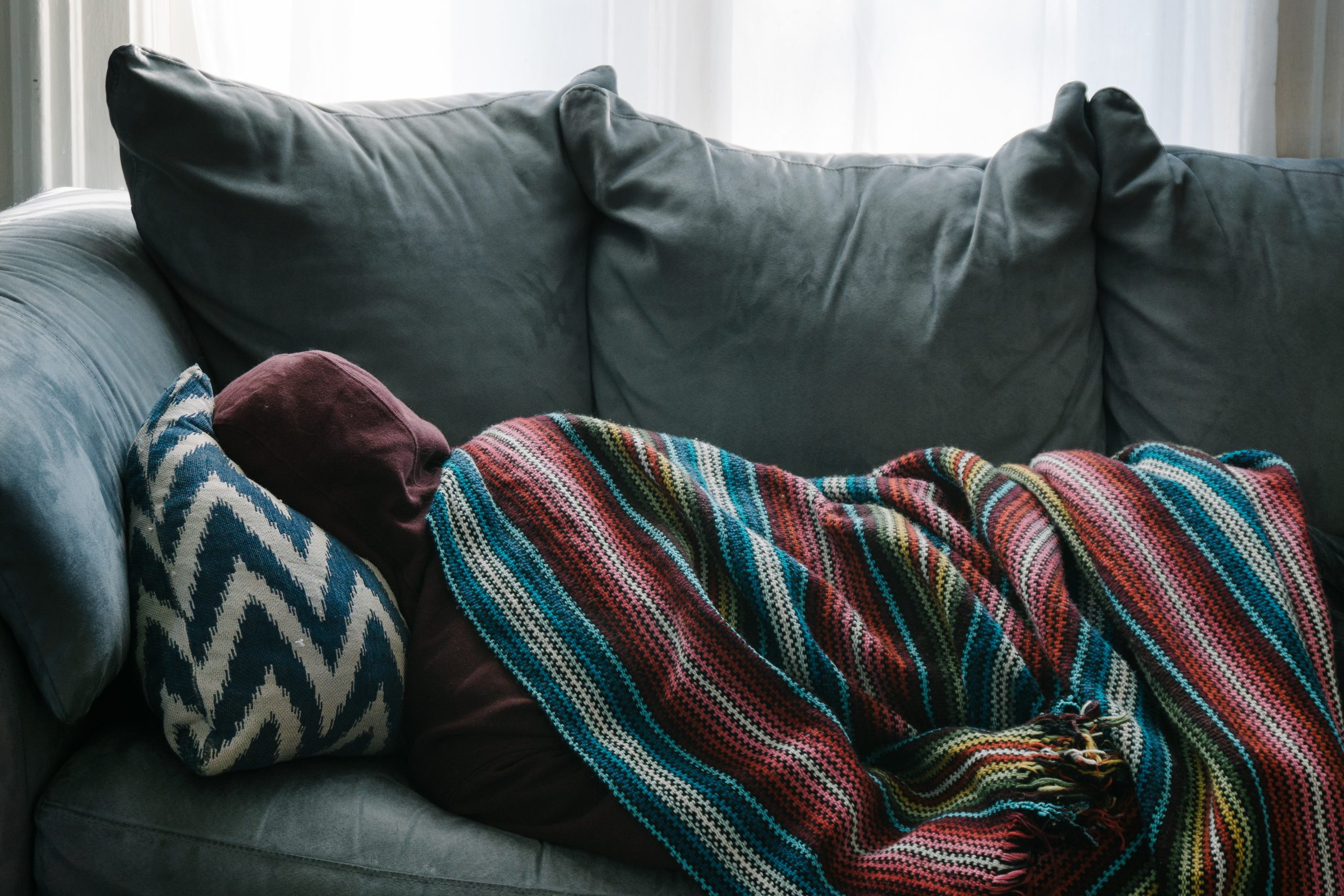Are you TILTed?
Are you TILTed?
People who have lived with chemical sensitivities for some time become more educated about their bodies and what makes them feel bad. The upside to knowing your sensitivities is that you can (mostly) avoid products and situations that will worsen your health, but the downside is that these products and situations can become ubiquitous, and dramatically change your social, work and home lives! For many people, the onset of chemical sensitivities can be related to an over-exposure to one thing, like renovating a moldy bathroom, or staying in a hotel room that was cleaned with overly-noxious chemicals. However, others do not have a clue about what caused the onset of sensitivities. For each, navigating their daily life becomes a strategy of finding out and avoiding chemicals that trigger symptoms.
If you are able to consult a doctor who treats chemical sensitivities, they will likely discuss conditions like “Mast Cell Activation Syndrome” (MCAS), or “Chronic Inflammatory Response Syndrome” (CIRS). These syndromes present differently in different people and have overlapping symptoms, but there are physical tests and questionnaires that can help the doctor diagnose and treat them. If you are in the beginning stages of treating sensitivities, it’s certainly helpful to become knowledgeable on your own, and researchers at the University of Texas have made it a little bit easier to zoom in on what makes you feel sick with a couple of free online tools. In the expensive world of healthcare, we are all for “free”!
In their recent article “5 Types of Household Items to Avoid if You Have a Chemical Intolerance”, researchers introduce the two-stage process called toxicant-induced loss of tolerance, or TILT. First, there is a major or chronic exposure to environmental agents such as pesticides, solvents or indoor air contaminants. Then, multi-system symptoms are triggered by a series of lower-level exposures to substances you may have previously tolerated like cleaning products, fragrances, foods, drugs or food and drug combinations. This can explain why, after a major chemical exposure, you may feel sick in the vicinity of things that never affected you before, like certain laundry soaps or refueling your car at the gas station. (The article above is super-helpful, including several recipes for homemade, non-toxic cleaners that anyone, TILTed or not, should try!)
To broadly test for TILT, they have developed a really quick questionnaire of 3 questions (within the article). If you answer “yes” to one or more of those questions, they have a more detailed questionnaire of about 10 pages (all online click-through scales, no paper and math involved!) which can help you identify the types of chemicals and the parts of your body they affect the most. Although I answered “yes” to food allergies, thankfully the more detailed questionnaire suggested I didn’t have TILT. The organization has a page that describes TILT with a video of a man who grew up on a farm and the over-exposure to various dangerous chemicals that probably contributed to his sensitivities. You can find more stories of different people with their triggers and symptoms here.
This organization is dedicated to educating the public and also traditional healthcare workers like doctors, nurses and hospital staff about TILT. On their provider resource page is a video describing the current problem: healthcare workers frequently don’t ask questions about chemical exposure when someone presents with symptoms.
If you do find you have been TILTed, you can share your story or register to help the organization with future studies here. At the very least, you can take the results of the surveys to your own healthcare provider to make sure they are aware of your sensitivities in planning your treatment. The complexities of the chemical world we live in are making it more and more difficult to live well, but knowledge goes a long way toward that goal.Photo by Rex Pickar on Unsplash

